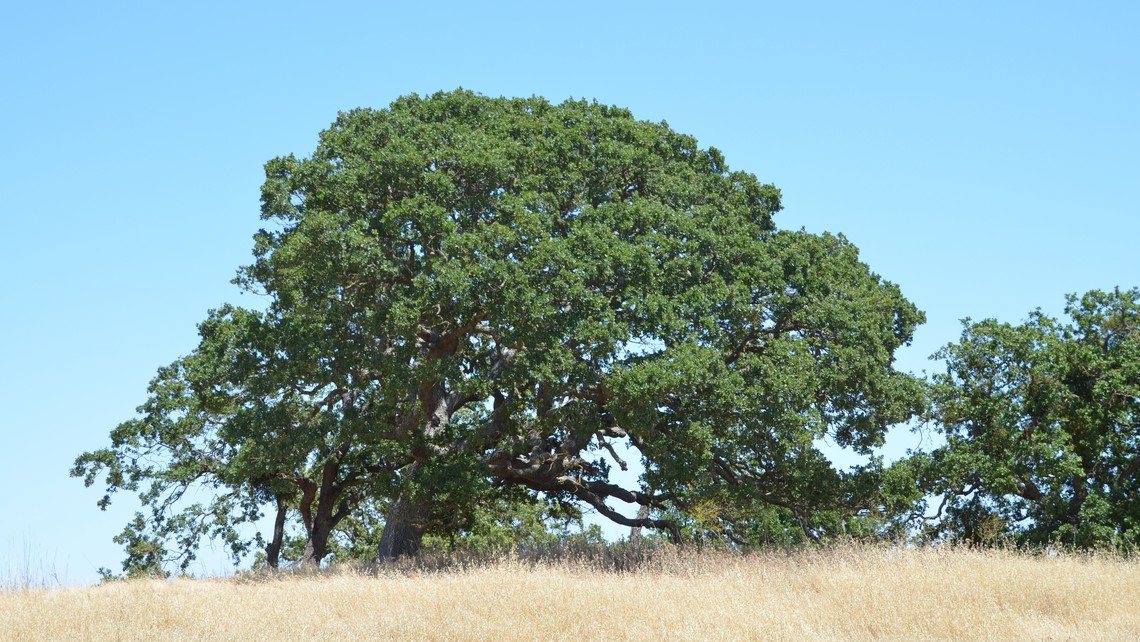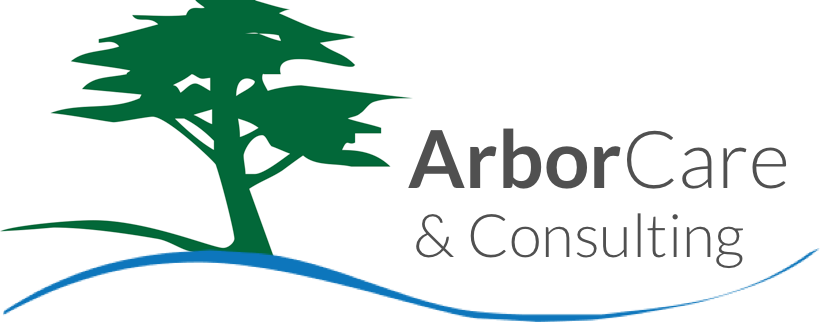
Kevin Belter, "Oak Wilt Prevention 101," ISAT Newsletter: In the Shade, June 1, 2020, 6.
A return to the basics is often an approach that garners new insights and activity improving one’s efforts at whatever activity one applies it to. Whether it be COVID-19 or oak wilt – the primacy of preventing the source of the pathogen from introduction amongst the healthy is absolutely critical. This leads me to ask some fundamental questions:
Why do we paint all year long? Fungal mats.
Why do we avoid certain months that nitidulid family beetles are most active? Fungal mats.
Regardless if one is a commercial, utility, or municipal arborist - The number one concern with the Bretziella fagacearum pathogen is not the extremely laborious task of trying to eliminate every possibility of contagion events (i.e. painting of all oak wounds) – it is the attempt to minimize as much as possible the much less frequent occurring sources of inoculum (i.e. the infected spore producing oaks).
I am aware that there may be those of you who may have expected the very first management activity discussed to be wound painting. To date, the Texas A&M Forest Service has specifically chosen the painting message as the number one focus, and has made great and laudable state-wide educational strides with this message. Of course, we need to continue to convey this message and follow it diligently during all tree work activities, but I believe it is time to refocus and even more enthusiastically elevate the removal of infected spore producers prior to fungal mat formation above the paint message. Analogous to COVID-19, this would correlate to the separation of infected individuals from healthy people as the primary activity vs. the secondary activities of handing out masks and gloves to the healthy. Both are of course beneficial in regards to COVID-19 as is painting oak cuts but testing and isolation is the number one most fundamental activity for both oak wilt and COVID-19. One of the numerous oversights of the paint-centric message is the certain fact that almost all natural wounds (deer rubs, wind-broke branches, bark-chewing vermin, etc.) will go unpainted during the critical infection timewindow.
I believe it is time to refocus and even more enthusiastically elevate the removal of infected spore producers prior to fungal mat formation above the paint message.
On an ancillary level, we paint oak wounds all year long because we want to minimize the chance of infection to our beloved oaks by man-made wounds to them. But the why of the paint brings us to the foundational level. We paint because the wound of an oak causes sap flow which the smell of that sap attracts a sap-feeding beetle of the Nitidulid family. That beetle is also attracted to the smell of fungal mats which form on infected red oak species, black oak species and Bur oaks (c.f. “The Transmission of Oak Wilt”. Gibbs, French, 1980). This beetle, when climbing over the fungus mat, will become contaminated with many oak wilt fungal spores and inevitably find one (or many oaks!) with natural or man-made wounds and infect them causing (a) new oak wilt center(s). What is critical for us to realize is that the most effective actions we can take is to regularly scout for infected spore producers “flagging” (primarily in existing oak wilt centers where the vast majority occur as a result of inter-species root-grafting). After we find a probable occurrence of infected spore-producers, we should acquire samples to send off for laboratory confirmation. Upon reception of confirmation of oak wilt, it is imperative that we deal with the infected spore producer quickly and effectively prior to the formation of fungal mats.
How does one deal effectively with a spore producer?
1. If the spore producer is found and diagnosed promptly (while in the process of dying – often called “flagging”) and it is either April – August, then it will very likely be possible for the most simple and cost-effective method of eliminating the threat to be selected. That is the use of either a chainsaw cupping or as I prefer, a downward porting of a number of basins into the trunk with a ship auger bit (number of porting holes is dependent on trunk DBH) and subsequently spray the highest amount of Garlon 4 into those cups/basins as specified as appropriate by the label of Garlon 4 for that unwanted tree’s species and size.
2. If there is concern that the herbicide approach will not work quickly enough to dry the wood sufficiently before the formation of fungal mats, then resort to use of a forestry mulcher machine of tree to ground level or removal at ground level with a chainsaw or bulldozing tree and burning or chipping of wood promptly.
3. If the spore producer is a bur oak and the tree is within acceptable therapeutic injection parameters then the best approach is a fungicide injection saving the tree and suppressing fungal mat formation of which there are significant studies of the effectiveness of therapeutic bur oak injections in the northern states.
In conclusion, we must continue to paint oak wounds all year long but it is critical that we expand even more our efforts to sanitize our client’s properties of those infected spore producers prior to mat formation. We must be vigilant of these trees “flagging” from infection and respond quickly and appropriately.



